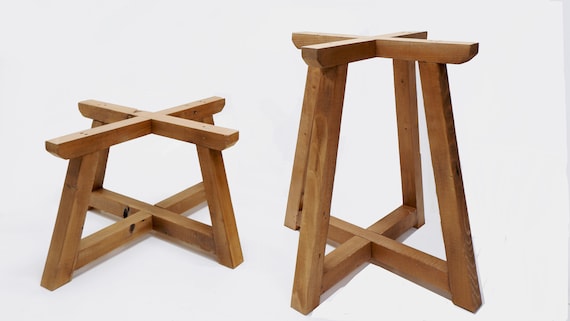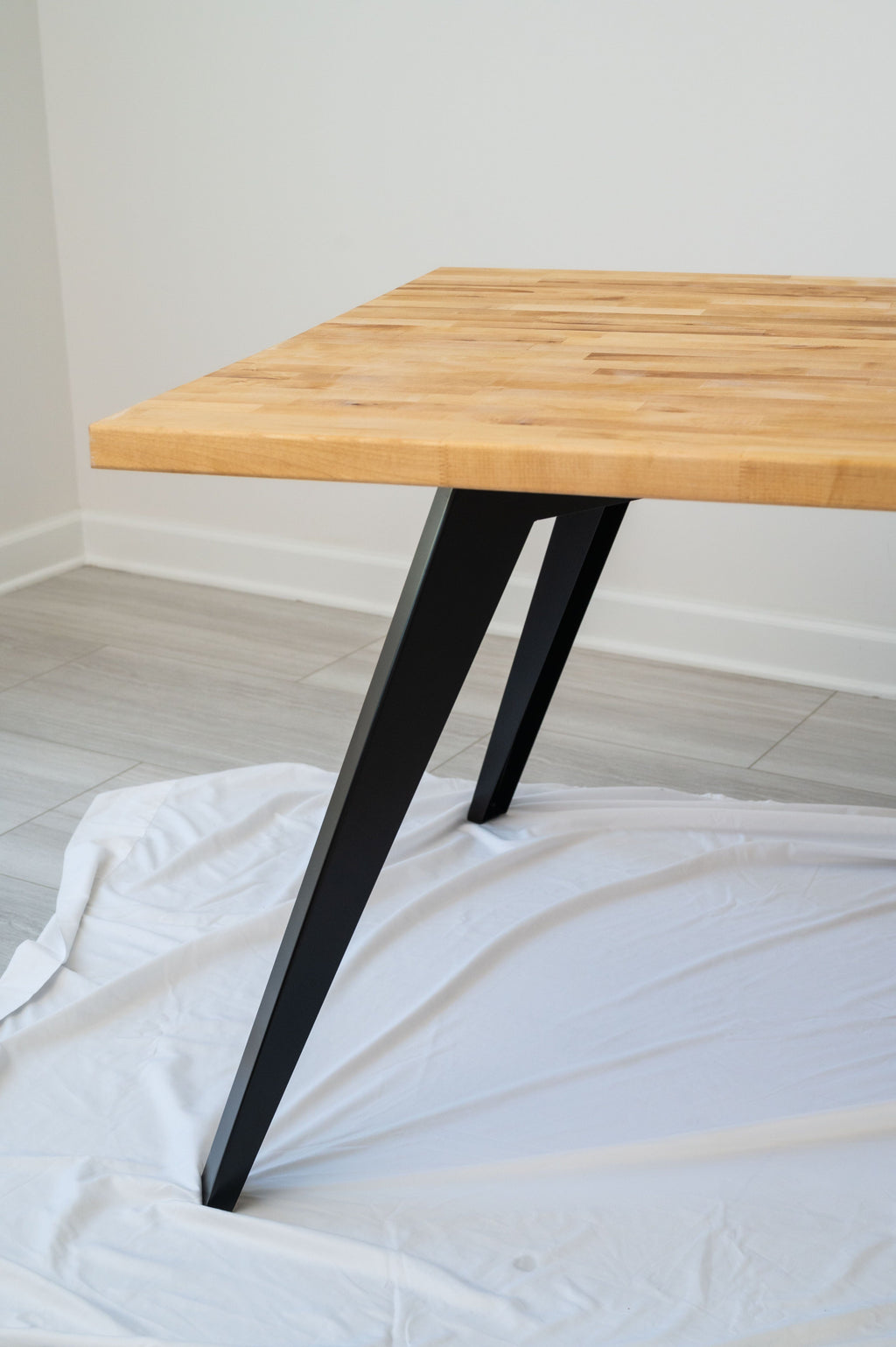Discover Durable and Elegant Dining Table Legs Wood for Every Home
Discover Durable and Elegant Dining Table Legs Wood for Every Home
Blog Article
Exploring the Various Kinds of Table Legs Timber for Your Dining Room
The option of eating table legs wood can profoundly affect both the practical and aesthetic high qualities of your eating space. Strong timber options, such as oak and walnut, provide a classic look with unrivaled durability, while engineered wood options provide cutting-edge layouts that mimic the splendor of all-natural grains.
Solid Wood Options

In addition, solid wood is renowned for its strength and long life. Unlike engineered products, solid wood is less vulnerable to bending and damages in time when properly kept. This makes it an ideal choice for households or those that regularly hold events. Each piece of strong wood is distinct, showcasing specific characteristics that include in the appeal and personality of the table.
In addition, strong timber can be completed in numerous ways, ranging from natural oils to discolored surfaces, permitting house owners to personalize their furniture to match their decor. In summary, selecting solid wood for dining table legs not just guarantees architectural integrity yet likewise improves the visual appeal of the dining location, making it a worthwhile financial investment for any type of home.
Engineered Wood Alternatives

Plywood, built from multiple layers of timber veneer, is secure and particularly strong, making it a superb choice for eating table legs. Its split make-up enables it to endure adjustments in moisture and temperature level far better than standard solid timber. MDF, on the various other hand, provides a smooth surface area for paint or veneering, allowing designers to achieve a refined look while keeping structural stability.
Particleboard, commonly made use of in affordable alternatives, supplies good stamina and is lightweight, making it much easier to handle. It may not be as sturdy as plywood or MDF. It is crucial to consider the intended usage and desired visual when selecting engineered wood choices. These products not just improve the performance of eating spaces however additionally permit greater design versatility, guaranteeing that modern and traditional designs can exist together harmoniously.
Reclaimed Timber Includes
Reclaimed wood uses an unique mix of sustainability and personality, making it an increasingly preferred choice for dining table legs. Sourced from old barns, factories, and other structures, recovered wood personifies a history that new materials merely can not replicate. Each piece carries its own tale, noted by unique imperfections, knots, and varying grain patterns, which add to a table's special visual charm.
In enhancement to its aesthetic charm, reclaimed timber is an eco-friendly choice. By repurposing previously made use of products, it lowers the demand for brand-new lumber, thus helping to reduce and conserve forests waste. This lines up with an expanding consumer choice for lasting techniques in decor.
Moreover, redeemed timber is commonly extra long lasting than freshly harvested timber due to its age. The all-natural drying out process that redeemed timber goes through cause a denser and more powerful material, making it less susceptible to warping and splitting. This boosts the longevity of eating tables, permitting them to withstand the roughness of daily usage.
Softwood vs. Hardwood
When selecting eating table legs, understanding the differences between softwood and hardwood is important for attaining both functional and visual goals. web link They usually display a more rustic look, making them appropriate for country-style or casual dining spaces.
On the various other hand, woods, sourced from deciduous trees like oak, cherry, and maple, are renowned for their density, toughness, and longevity. The intricate grain patterns and abundant tones of hardwoods provide a advanced and classic allure, making them suitable for official eating settings. While woods often tend to be more pricey and much heavier, their strength versus wear and tear usually justifies the investment.
Eventually, the selection between softwood and wood for eating table legs must line up with your layout vision, usage requirements, and budget plan, ensuring that your eating space mirrors your individual design while remaining useful in time.

Finishes and Treatments
The visual charm and durability of table legs can be significantly enhanced via numerous surfaces and therapies. These procedures not only safeguard the timber from damage but likewise elevate its look, permitting it to enhance diverse interior styles.
One typical treatment is tarnishing, which passes through the wood and enhances its all-natural Get More Info grain while including color. Discolorations give an abundant, sophisticated look, allowing property owners to match their furniture with existing decor. Alternatively, clear coatings such as polyurethane or varnish produce a protective layer without changing the timber's original tone, guaranteeing sturdiness against wear and tear.
In addition, all-natural oils, like tung or linseed oil, nourish the timber and offer a subtle sheen, all while being environment-friendly. These oils allow the surface area to take a breath, avoiding wetness build-up and potential warping.
For those seeking a rustic appeal, weathered or distressed surfaces can be put on produce an aged appearance, adding personality to the item. Inevitably, the selection of therapies and coatings depends on individual choice, preferred aesthetics, and the certain timber kind, making it vital to consider these elements when picking eating table legs for your space.
Verdict
To conclude, the choice of eating table leg products significantly affects both the useful and visual facets of a dining room. Strong timbers, crafted choices, and recovered alternatives each deal unique advantages, satisfying various preferences and demands. Comprehending the differences between softwoods and hardwoods, in addition to proper finishes and therapies, allows for educated decision-making. Eventually, the option of wood kind must align with wanted design, resilience, and environmental factors to consider, improving the overall dining experience.
The option of dining table legs timber can profoundly impact both the visual and useful top qualities of your eating room - Dining Table Legs Wood. Solid wood choices, such as oak and walnut, offer a traditional look with unparalleled toughness, while crafted timber choices offer cutting-edge designs that mimic the richness of natural grains. Solid wood supplies a timeless quality that can raise the overall layout of a dining space. Each piece of solid timber official website is special, showcasing private features that include to the beauty and personality of the dining table
In addition, reclaimed timber is typically more sturdy than recently collected wood due to its age.
Report this page